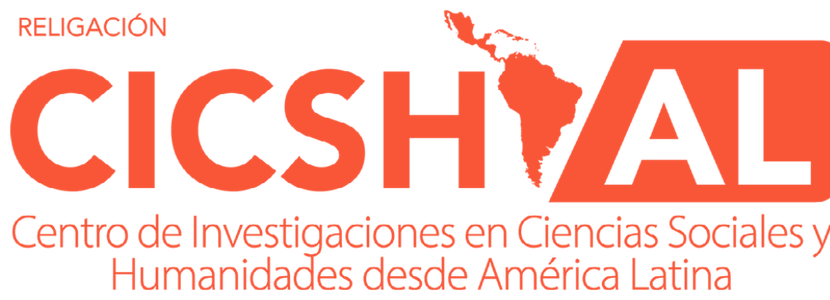How Digital Media Is Rewriting Grammar. A book for 2.0 teachers
Palabras clave:
EFL, Grammar, Digital Communication, LinguisticsSinopsis
¨How Digital Media is Rewriting Grammar¨; explores how digital technology is reshaping English grammar, emphasizing that digital communication goes beyond simply expressing language—it actively transforms it. The book balances concerns about traditional grammar erosion with recognition of the creativity and adaptability emerging in the digital age. It highlights how new forms of expression, online communities, and democratized communication are redefining language use. While celebrating these changes, the book also addresses challenges like miscommunication, the need for digital literacy, and ethical concerns related to AI´s impact on language. Providing a nuanced perspective, it offers a valuable framework for understanding the complex relationship between language and technology, making it a significant contribution to modern linguistics.
Descargas
Citas
Alex. (2024a, 12 from November). How and Why Does Language Change Over Time? | Prestige Network. Prestige Network. https://n9.cl/v50ni
Ashar, L. C. (2024, 03 the May). Social media impact: How social media sites affect society. American Public University. https://n9.cl/6dg2p
Brock University. (n.d). Research guides: External Analysis Research: 5. Evaluating sources. https://researchguides.library.brocku.ca/external-analysis/evaluating-sources
Cloud4. (2024, 05 from July). Top technology innovations in the 21st Century | Timeline blog. Cloud4C. https://n9.cl/sxiov
Cuban, L. (2001). Oversold and Underused computers in the classroom. Cambridge, MA Harvard University Press.
Culture Online. (2023, 15 from November). English is often considered the de facto global language. https://n9.cl/2hp7w
Educause Review. (2024, 16 from October). English 2.0: AI-Driven Language Transformation. https://n9.cl/wvuwyd
Fitch, K. L., & Sanders, R. E. (2004). Handbook of Language and Social Interaction. Psychology Press eBooks. https://doi.org/10.4324/9781410611574
Foehr, U. G., Rideout, V. J., & Roberts, D. F. (2010). Generation M2: Media in the Lives of 8- to 18-Year-Olds. A Kaiser Family Foundation Study, 85.
Gooey Digital. (2024, 22 from August). How digital technology has changed language – the good, the bad and the smiley–gooey digital. https://n9.cl/65sgk
Hartshorne, D. (2024, 02 from July). The 7 best grammar checkers. Zapier. https://zapier.com/blog/best-ai-grammar-checker-rewording-tool/
Herring, E. B. S. C. (2011). Computer-Mediated communication. John Benjamins Publishing Catalog.
McWhorter, J. (2021). Nine nasty words: English in the Gutter: Then, Now, and Forever. Penguin.
Merrian-Webster. (n. d.). What are the origins of the English Language? https://n9.cl/b7klr
Mithen, S. (2024). The language puzzle: Piecing Together the Six-Million-Year Story of How Words Evolved. Hachette UK.
Nevalainen, T. (2017). Early modern English. Oxford Research Encyclopedia of Linguistics. https://doi.org/10.1093/acrefore/9780199384655.013.264
Early Medieval Migrations. (n.d.). Our migration story: The Making of Britain. https://n9.cl/dhwsfl
Phillipson, R. (2009). Chapter 5 The Tension Between Linguistic Diversity and Dominant English. In T. Skutnabb-Kangas, R. Phillipson, A. Mohanty, & M. Panda, (ed.). Social Justice through Multilingual Education (pp. 85-102). Bristol, Blue Ridge Summit: Multilingual Matters. https://doi.org/10.21832/9781847691910-008
Ranger, G. (2007). David Crystal, Language and the Internet. Lexis. https://doi.org/10.4000/lexis.1831
Salmon, G. (2013). E-tivities. Routledge eBooks. https://doi.org/10.4324/9780203074640
The Open Access Companion to the Canterbury Tales. (2017). A reference chapter from The Open Access Companion to the Canterbury Tales (September 2017).
Thompson, R. B., & Gleason, J. B. (2001). Language death. Applied Psycholinguistics, 22(2), 269–273. https://doi.org/10.1017/s0142716401212077
Turner, B. (2024, 24 from September). Will language face a dystopian future? How “Future of Language” author Philip Seargeant thinks AI will shape our&hellip. Livescience.com. https://n9.cl/0hc4r
University, N. S. B. P. O. L. A. (2008). Always On: Language in an Online and Mobile World: Language in an Online and Mobile World. Oxford University Press, USA.
Wikipedia. (2025, 28 from January 28). List of Indo-European languages. https://en.wikipedia.org/wiki/List_of_Indo-European_languages
William, B., Sheriffdeen, K., & Ade, M. (2024). The Evolution of Human Language: From Ancient Roots to Modern Complexity. ResearchGate.







